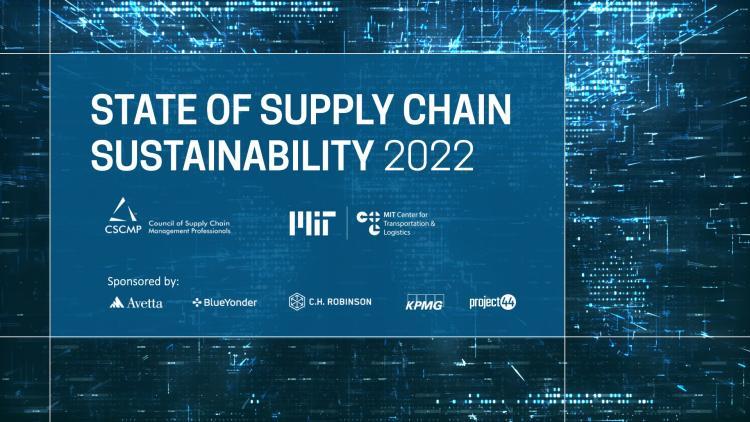
Download the report in pdf format.
If there is one characteristic that sums up the state of supply chains today it is the need to navigate extreme change. Our research over the last three years culminating in the 2022 State of Supply Chain Sustainability Report shows the same can be said for supply chain sustainability (SCS). SCS is a moving target.
For instance, over the last three years consistent pressure to pursue SCS goals has come from various stakeholders, but the relative level of pressure associated with each stakeholder has changed over time. This year, company executives and corporate buyers top the league of advocates. As one of the executives interviewed for this year’s report commented, customers want to buy from companies that are investing in, and are committed to, SCS. Geographically, the Global North and the Global South give different weightings to the components of SCS. For instance, the North shows stronger commitment to climate change mitigation than does the South. This is the first year we have tracked differences between SCS goals across regions of the world—supported by a multilingual survey questionnaire—so it will be interesting to see how these disparities evolve over future years.
While the individual components of SCS may be in a state of flux, overall, the importance of sustainability in supply chains continues to trend upwards. The dimension that showed the most positive change is climate change mitigation. Supply chain circularity also gained favor in 2021. The adoption of technology and practices to support SCS goals also appears to be on the rise. Our latest research suggests that supplier audits, supply chain mapping, and codes of conduct are the most prevalent practices regardless of firm size.
The steady rise of SCS as a corporate issue may come as no surprise to many supply chain professionals. Our research for the 2022 report affirms supply chain’s increasingly important role as a champion of corporate sustainability—a trend we highlighted in last year’s report. Given their key role in supporting sustainability goals, it is incumbent on practitioners to keep abreast of the many agents of change in this area, whether they be inspired by media channels, shifting consumer sentiment, or unexpected disruptions.
However, while SCS may be enjoying more support as a corporate goal, its growing popularity does not necessarily translate into investment dollars. As was the case in previous years, on every dimension SCS goals ranked more highly than investment in 2021. Still, the investment picture is not unremittingly gloomy. There are tentative signs that the gap is closing in some areas, notably in human rights protection.
What does 2022 portend for the future of SCS? We have no reason to doubt that SCS will continue to gain importance in the near term. Even the Covid-19 pandemic and its aftermath did not arrest this trend. For the second consecutive year, about 80% of respondents reported that their firms were undaunted by the global pandemic. Moreover, our research suggests that one of the pandemic’s legacies is to promote new thinking in key supply chain areas such as SCS.
The Rubik’s Cube of SCS components may continue to change, but sustainability practices and capabilities in supply chains appear to be maturing fast while gaining momentum across firms of all sizes.